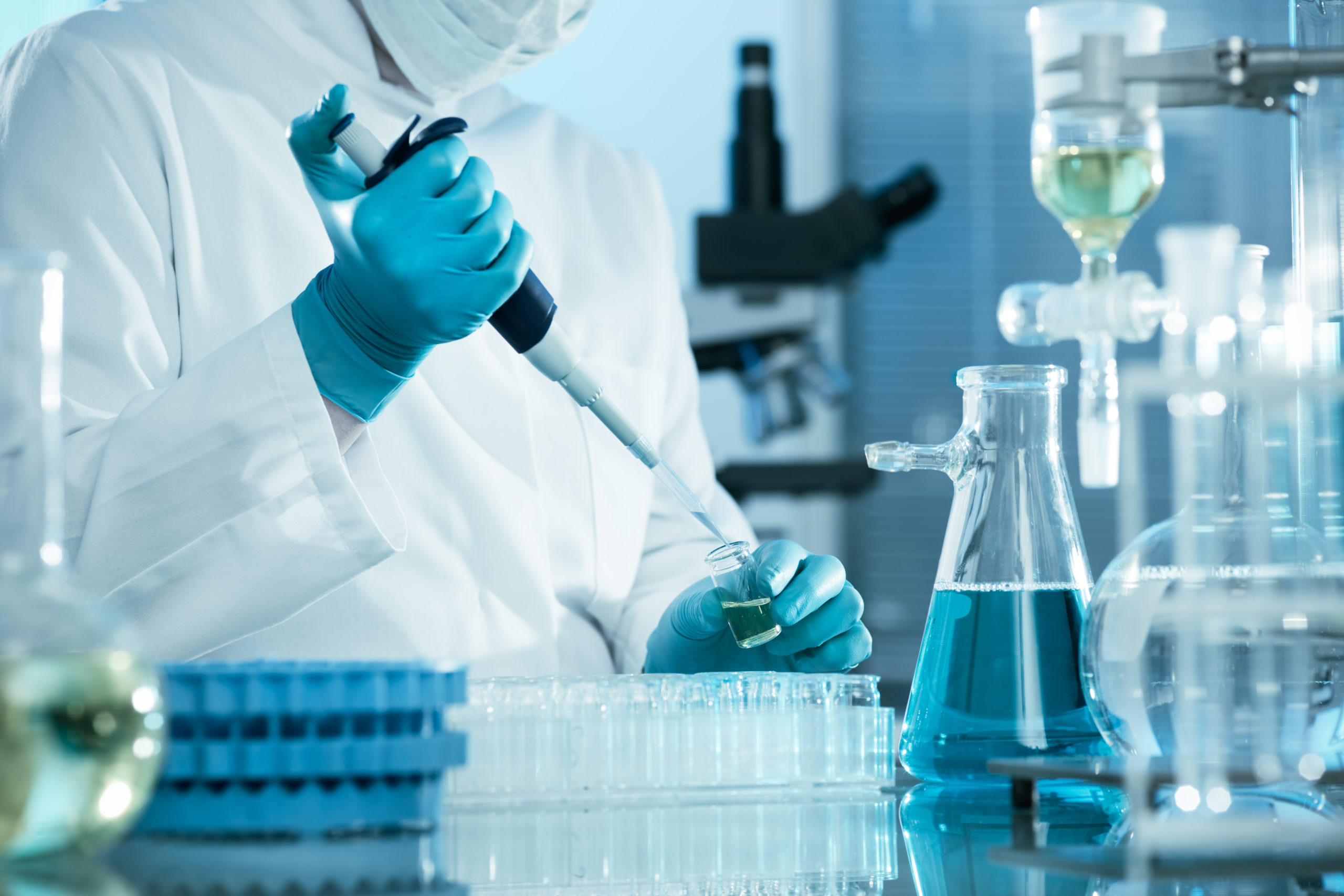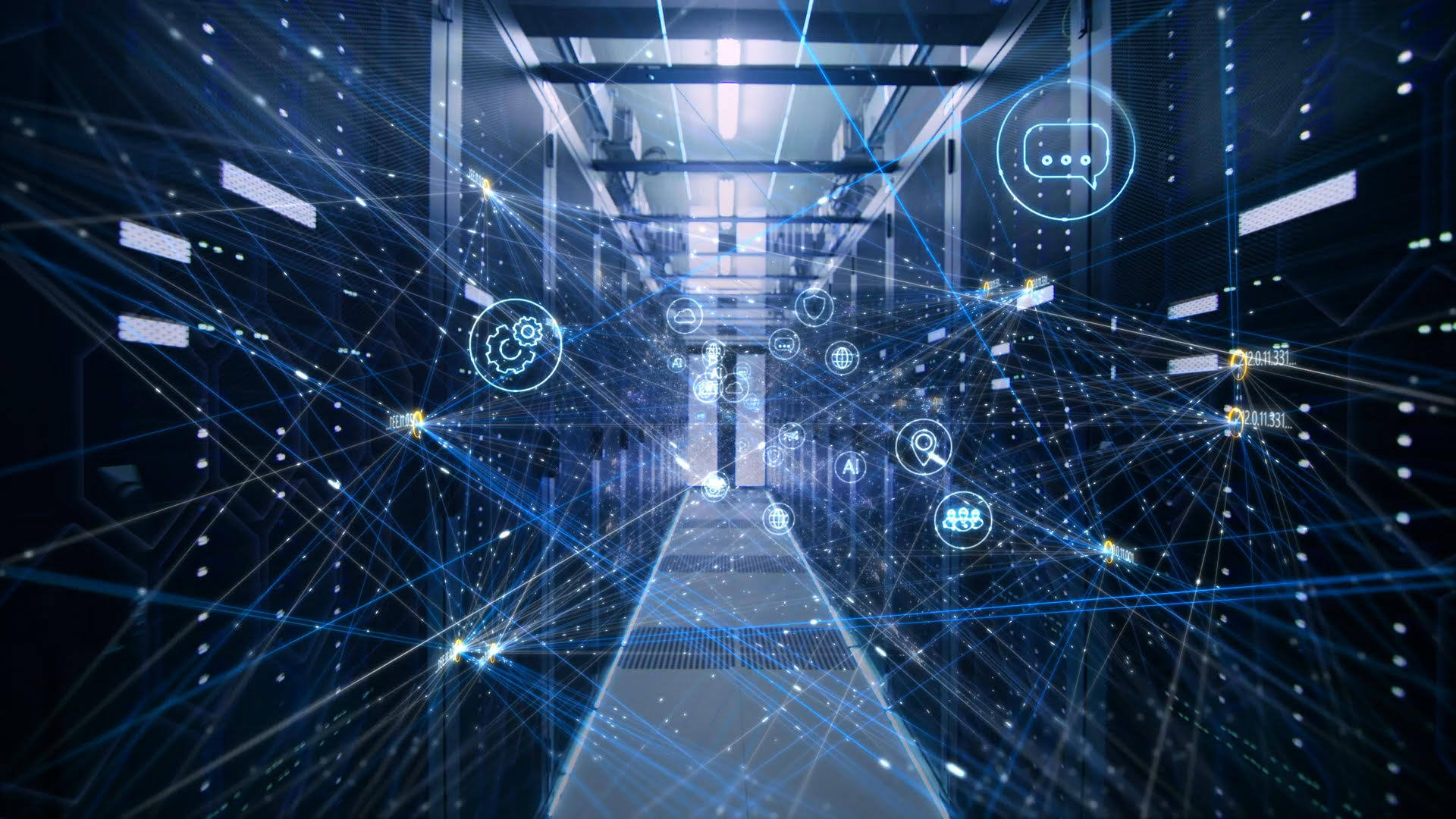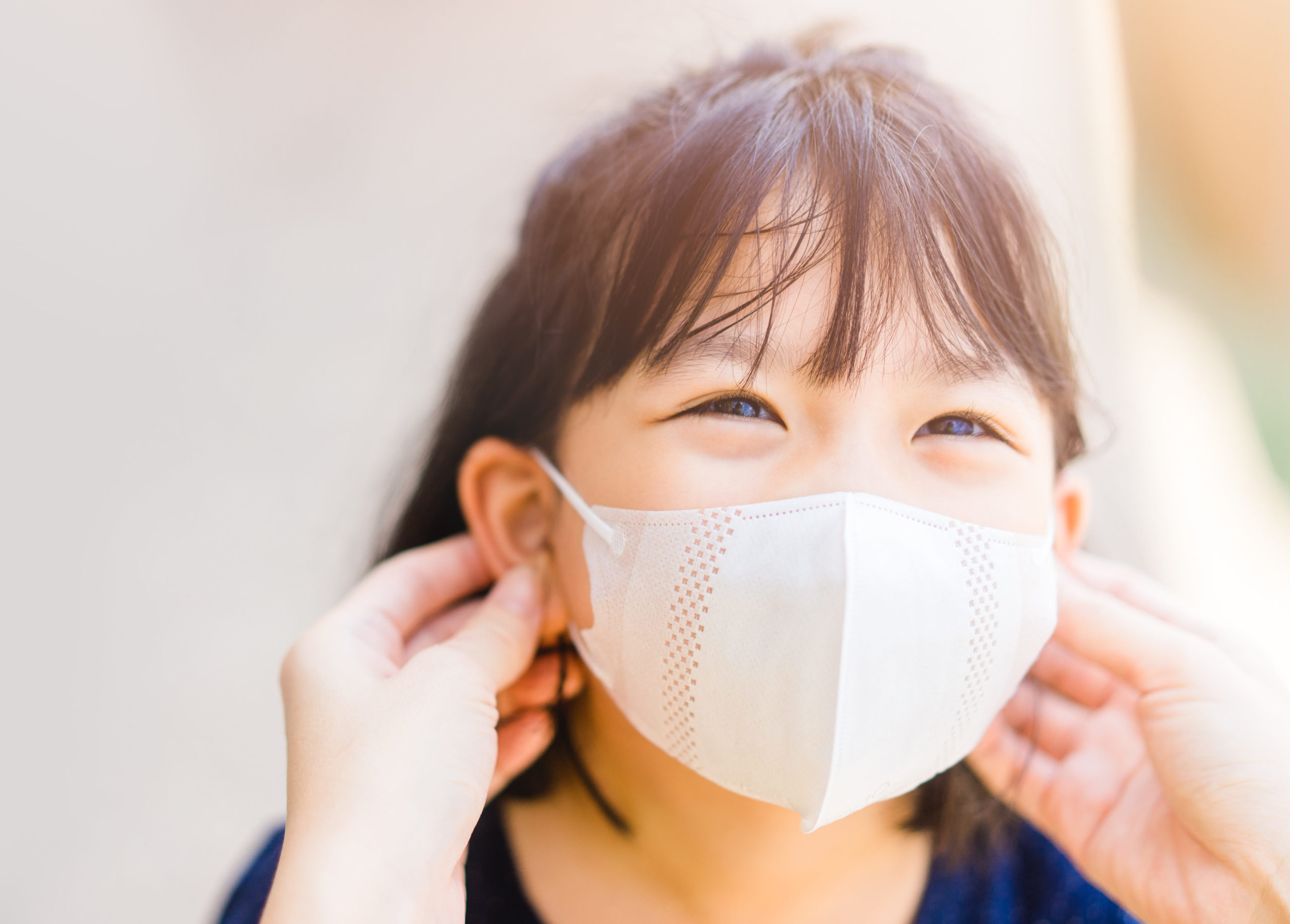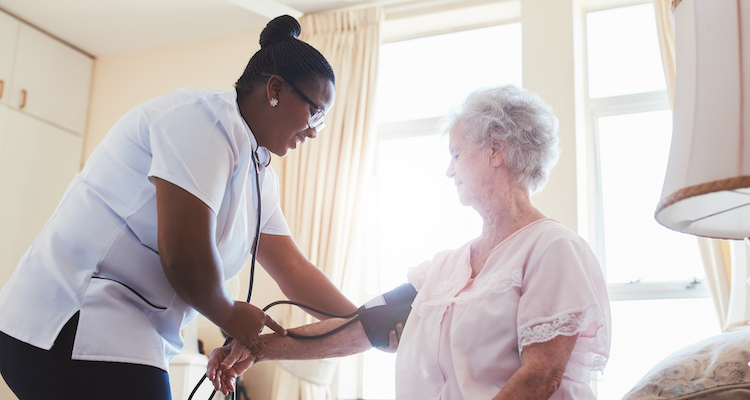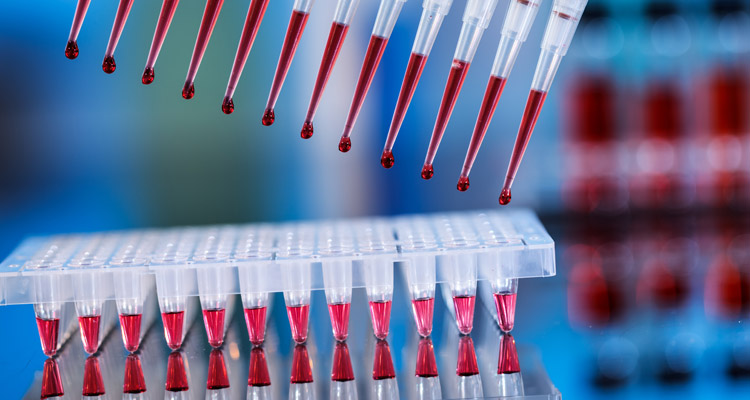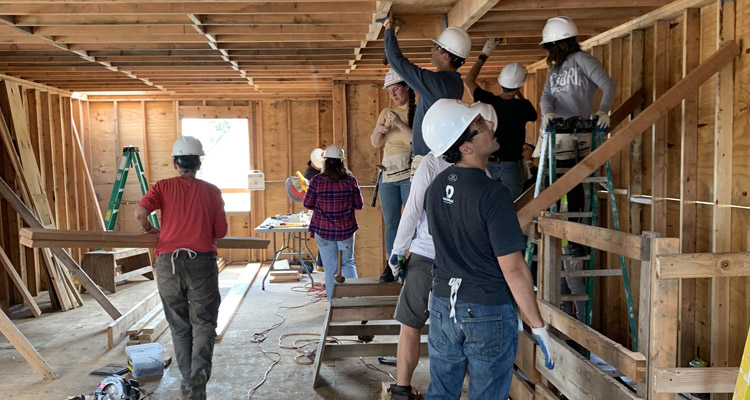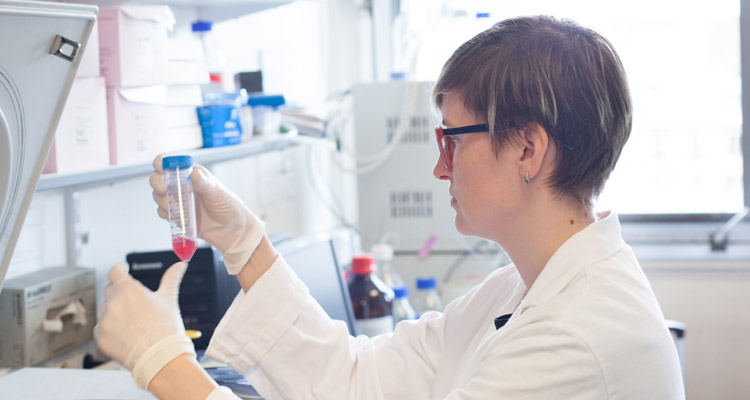China is one of the world’s largest and fastest growing economic powers. In 2017, the World Bank reported that Chinese patent filings outnumbered those from any other country in the world. Chinese residential patent filings (i.e., filings by a resident owner or a resident applicant) accounted for 58 percent of worldwide residential patent filings. China has tripled its intellectual property (IP) revenues over the last two years, but this still only accounts for around 1.5 percent of global receipts [1]. The low revenue reflects the lack of confidence that U.S. and European firms have in the fairness of the Chinese legal system, which they accuse of bribery and political influence. Chinese firms are also mistrustful of the U.S. legal system and often decide not to file for patent protection outside of China. Whether due to the vastly different legal systems or cultural differences, there is a persistent mutual mistrust between China and much of the Western world when it comes to IP protection.
As our economy becomes increasingly global, businesses face challenges as they try to protect their intellectual property assets in different countries. Two universities, Berkeley in the U.S. and Tsinghua in China, have tried to mitigate these difficulties by organizing a joint conference between China, the U.S., and other countries. On October 22, 2019, The Berkeley Center for Law and Technology hosted the 2nd Annual Berkeley-Tsinghua Transnational IP Litigation Conference. At the conference, the U.S. and Chinese judges openly debated the pros and the cons of their own and others’ litigation systems.
Chinese judges expressed distrust in the U.S. system of jury trials. Besides viewing the jury selection process as cumbersome and inefficient, they viewed juries as unsophisticated laypeople who are poorly suited to understanding complex technologies. Chinese judges fear that the quality of lawyering unduly influences the jurors: jurors are easily swayed by presentation quality, likability of experts, and general trial theatrics. “If we compare, [Chinese judges] are the directors in court, but in a jury system, lawyers and parties are directors of the system,” said Hsiung Sung-Mei of Taiwan’s IP court. The U.S. judges defended our system suggesting that the juries are capable of weighing evidence and rendering meaningful verdicts. They also suggested that the use of common people on the juries increases confidence in the legal system where common people often mistrust the lawyers.
The U.S. judges expressed concerns with the amount of influence a single person or a single report has on the outcome of a case in China. In contrast to jury trials, Chinese judges appoint and rely on a Technology Investigative Officer (TIO). An appointed TIO hears both sides and prepares a report for the court. While the U.S. rules of civil procedure allow the use of a court appointed expert, this device is rarely used. The Chinese judges believe an impartial third-party expert would be much more qualified to understand the nuances of each particular case rather than a group of jurors.
U.S. judges also questioned ex parte communications between parties and judges that are common under the Chinese system2. China’s 2001 PRC Judges Law allows non-secret, “authorized” ex parte communications in their courts. Chinese judges feel that ex parte communications expedite proceedings and that judges are sophisticated jurists that are not unduly influenced by one party’s arguments. U.S. judges tend to look at this skeptically because U.S. rules explicitly prohibit most ex parte communication on the grounds that to allow one party to try to influence the judge without giving the other party the opportunity to respond undermines the fairness of judicial proceedings.
Another concern about the Chinese system is the perception that domestic bias and bribery are common. In rebuttal, Judge Hsiung pointed out that the Chinese patent system provides automatic appeals to the court of last resort. In addition, the cost of litigation in China is much cheaper than in the U.S., making it much more accessible. China views the high costs of U.S. litigation as a major obstacle to efficient dispute resolution. In contrast, the U.S. judges highlighted the transparency and impartiality of their own system. The International Trade Commission (ITC) is a common forum to litigate patent infringement against importers, and its proceedings are public and transparent. The fact that U.S. patent owners win only 58 percent of the cases in front of the ITC is used to indicate the lack of domestic bias.
Although the Berkeley-Tsinghua Transnational IP Litigation Conference did not solve any disputes or change legal systems, the debates did provide a platform to air grievances and genuinely learn the rationale behind other legal systems. The hope is that sincere debate and increased understanding will help alleviate the persistent mistrust between China and the Western world when it comes to IP protection.
[1] Calculated from the authorized use of the proprietary rights associated with patents, trademarks, copyrights, industrial processes and designs including trade secrets, and franchises. Brian Cassidy, ANALYSIS: Chinese IP Filing Surge Clouds U.S. Receipt Prospects, Bloomberg Law News (Oct. 27, 2019).
[2] https://www.chinalawtranslate.com/en/blog-post-on-ex-parte-communications/


